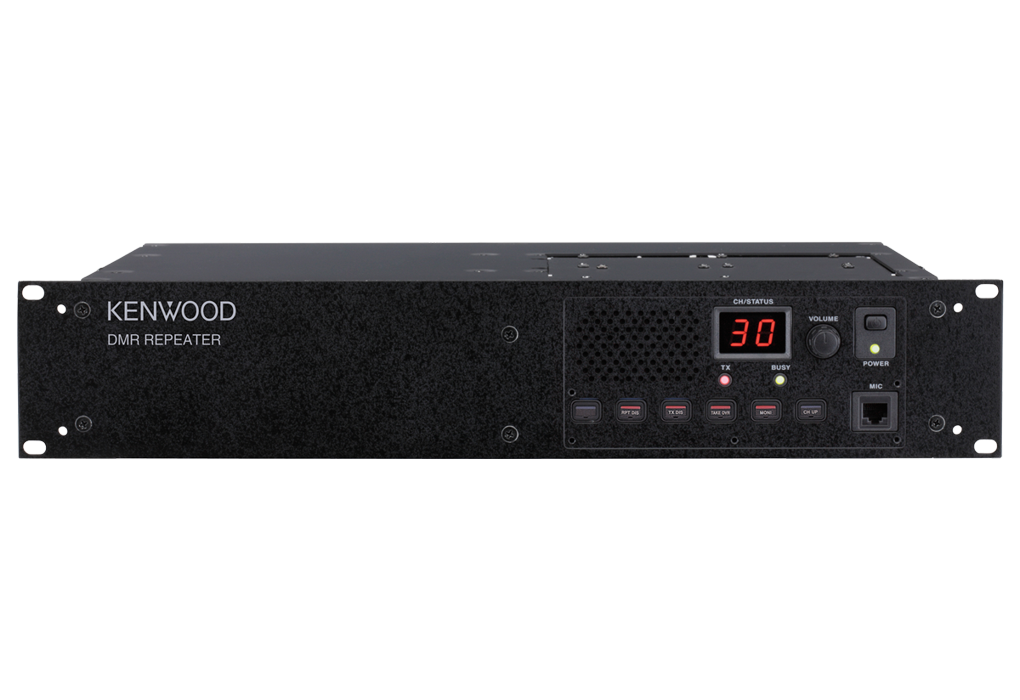
- #KENWOOD TK 880 REPEATER SERIAL#
- #KENWOOD TK 880 REPEATER MANUAL#
- #KENWOOD TK 880 REPEATER MODS#
- #KENWOOD TK 880 REPEATER LICENSE#
We will gladly add your valid GMRS call sign to your account.
#KENWOOD TK 880 REPEATER MODS#
If you would like your GMRS call sign added as your flair for this sub then please message the mods and submit your request. Additionally, FRS Channel 1 is a callback emergency channel (462.5625).

Please note however that this is not always monitored. Nationwide emergency and road information calling can be found on coded squelch 462.675, this emergency repeater operation is PL 141.3 GMRS licensees are allowed to communicate with FRS users on those frequencies that are shared between the two services. Additionally, the FCC rules allow GMRS licensees to communicate with other GMRS licensees.
#KENWOOD TK 880 REPEATER LICENSE#
The license extends privileges of the primary licensee to include communications with the licensee's immediate family members, and authorizes immediate family members to use the licensee's station(s) to conduct the activities of the licensee.
#KENWOOD TK 880 REPEATER SERIAL#
I have the correct software KG-29D and just got what I believe is the correct Serial Port programming cable however I cannot read the radio. We have a Kenwood TK-760H VHF that needs to be reprogrammed. A license for a GMRS system is now issued for a 10-year term as of 2018. Subject: repeater-builder Kenwood TK-760H VHF. Licensing GeneralĪny individual in the United States who is at least 18 years of age and not a representative of a foreign government may apply for a GMRS license by completing the application form (either on paper or through the FCC's Universal Licensing System) and paying the license fee (currently $70.00). Want to make contact with other /r/gmrs members? Join us on our IRC channel.Ĭlick here for in-browser chat client. Immediate relatives of the GMRS system licensee are entitled to communicate among themselves for personal or business purposes, but employees of the licensee, who are not family members, are not covered by the same license. The United States permits use by an adult individual who possesses a valid GMRS license, as well as his or her immediate family members. It requires a license in United States but can be used license-free in Canada. The General Mobile Radio Service (GMRS) is a North American land-mobile FM UHF radio service designed for short-distance two-way communication.

Any and all topics relating to GMRS are welcome here, so please join us on the air. I have programmed my local 440/70cm repeater frequencies into the 805 and 805D and they work great Makes a dandy 440, gmrs, frs mobile transceiver. Then it's narrow only.We're a growing community of GMRS operators who want to encourage licensed legal use of the GMRS frequencies.
#KENWOOD TK 880 REPEATER MANUAL#
View and Download Kenwood TK-880 service manual online.

If it's not a "G", it's not narrowband capable.*unless* it has an "N" instead. Dealer drop box for said x days you get an email and download it. The non-G is not.Then why do my TK-860s have a narrow/wide setting? Kind of doubt Kenwood would put that in a commercial radio just for yuks.

This might be a note that should be add to RB site under the Kenwood section.ĭing ding ding! Btw, the G in this case tells you that it is narrowbandĬompliant for Part 90. The Radio Tag was confusing to me the way it read "TK760HG" I had disregarded the the "G". Coupled with this information and the new TK760G programming software KPG56D which I had a copy of I was able to read and write to the radio. Andy pointed out three clues, buttons on a newer model 760 were white, in program mode it should show "Programming" not "PC" and the TK760H uses the RJ11 and the TK760G uses the RJ45. Radios have large channel capacity: 600-channel in Trunked Mode and 250-channel in Conventional Mode. The radio model I thought I had was a TK-760H which was what was on the Tag said but it also had after the 760H a "G". The Kenwood TK-880 Multi-Mode wireless mobile radio operates on multiple systems types: traditional two-way conventional repeater and simplex, trunking (LTR) with wide or narrow bandwidth. On 7:38 AM, MIKE CHRISTIE via groups.io wrote:


 0 kommentar(er)
0 kommentar(er)
